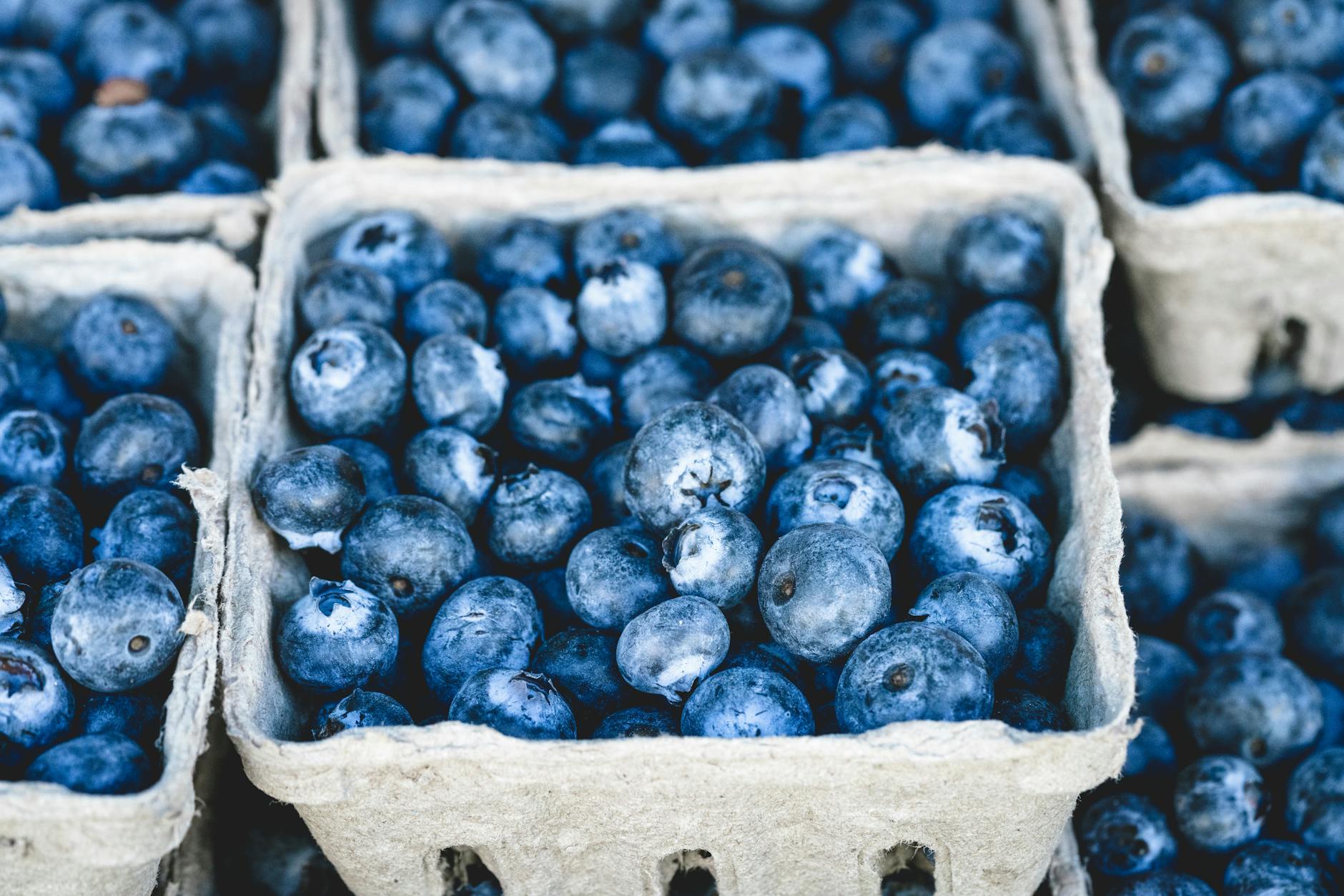The integration of cannabis into fitness regimens has gradually gained momentum, challenging longstanding stereotypes about marijuana use. Rather than honing in on the stereotypical ‘lazy stoner’ image, many fitness enthusiasts and athletes are exploring cannabis as an adjunct to their workout regimen for performance enhancement, pain management, and most notably, muscle recovery.
An increasing number of athletes attribute their use of marijuana for workouts to the plant’s ability to aid in relaxation, decrease pain, and promote better sleep, which is crucial for recovery. While more research is needed to draw conclusive results, existing studies and anecdotal evidence suggest that integrating cannabis and fitness might have several potential benefits.
Emerging science reveals that the therapeutic properties of cannabis could enhance workout performance, potentially making it a more natural equivalent to other pre-workout supplements. A study published in Frontiers in Public Health suggests that marijuana might enable people to gain more from their workout, both mentally and physically, ultimately helping to foster a stronger mind-body connection. This research suggests that marijuana can help athletes achieve a state of flow, the mental state wherein individuals are completely immersed in an activity, leading to increased performance.
Addressing the role of cannabis in muscle recovery is another critical discussion point. Marijuana contains over 100 cannabinoids, but the two most studied are THC and CBD. THC is associated with marijuana’s psychoactive effects, while CBD is known for its therapeutic effects. According to an article in The European Journal of Pain, CBD is being increasingly recognized for its anti-inflammatory properties that can help manage exercise-induced inflammation, a common cause of pain and soreness in athletes. This has led some athletes to use CBD for recovery, with many reporting decreased muscle soreness and expedited recovery times.
Pain management is another significant factor influencing the adoption of marijuana in the fitness realm. A study published in Nature Medicine describes how our bodies naturally produce endocannabinoids, a type of neurotransmitter that binds to cannabinoid receptors in your nervous system which are implicated in regulating pain. Consuming cannabis can stimulate the endocannabinoid system, potentially helping to alleviate pain and create conditions necessary for muscle growth and recovery.
Notably, the introduction of cannabis topicals into the market, such as CBD creams and balms, has offered a non-psychoactive method of marijuana use for athletes. These topicals may provide a localized solution for pain management and muscle recovery, providing relief directly to the affected area.
A word of caution, however – while exploring the potential synergies between cannabis and fitness, it is crucial to remember that everyone’s body responds differently. Optimal dosage, the strain of the plant, and delivery method are all factors that could influence how an individual experiences marijuana in their fitness routine.
Furthermore, while anecdotal evidence and preliminary studies suggest several potential benefits of using marijuana in the context of fitness, more extensive research is needed. The present legal framework around cannabis makes comprehensive study difficult, but as legislation evolves, we can anticipate more thorough investigations into how cannabis interacts with fitness and recovery.
Ultimately, the incorporation of cannabis into a fitness routine could potentially improve exercise-induced inflammation, enhance performance, and expedite muscle recovery. However, the adoption of cannabis in any workout regimen should always follow thorough research, guidance from healthcare professionals, and personal experimentation to determine whether the herb’s potential benefits align with your individual health and fitness goals.
Sources:
Frontiers in Public Health
The European Journal of Pain
Nature Medicine

